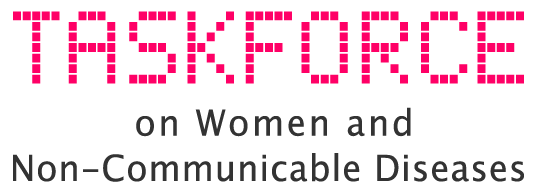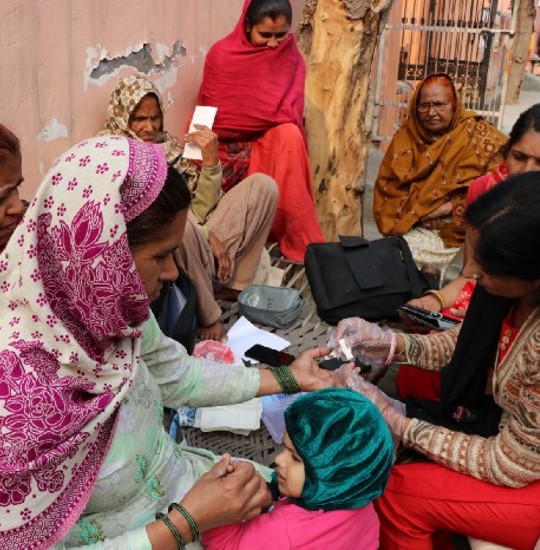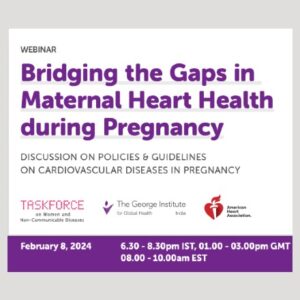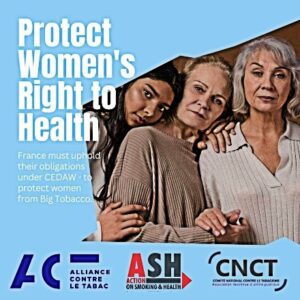Across the world, decades of investments in health have led to great societal gains and improvements in the lives of billions of people, including girls and women. For example, women’s average life expectancy is the highest that it has ever been, at 74 years, and the global maternal mortality rate has been declining for more than 20 years.
While there have been major achievements in global health, much more remains to be done to further reduce cases of death and disability from preventable and treatable causes. Girls and women, especially those in low- and middle-income countries (LMICs), stand to benefit from increased gender equality in health service delivery and the full realization of the right to quality health care throughout their lives.
World leaders will convene at the United Nations High-Level Meeting on Universal Health Coverage (UHC) this September, and they will commit to delivering quality health care for all. This meeting and the negotiated political declaration are necessary steps toward achieving UHC. However, what will matter most to truly meet the health needs of all girls and women throughout their lives is what happens after the meeting. UHC plans, policies and programs that take a holistic, life-course approach to girls and women’s health must be adopted and implemented, at the national level and beyond.
Girls and women have health needs that develop and change across their lives, including for their sexual and reproductive health. Yet too many lack access to adequate, affordable and quality health services, or receive care only for a particular issue, without a focus on health management and prevention of future illness and disability. Many girls and women in LMICs face the triple burden of noncommunicable diseases (NCDs), communicable diseases, and reproductive health complications, but existing services may be siloed, and health systems are often ill-equipped to deliver care that is complementary and integrated.
Pregnancy and childbirth provide an example of the interconnected nature of health across a women’s life. Maternal health does not begin when a woman becomes pregnant, and it is impacted by factors such as nutrition, and by diseases such as diabetes and malaria, that have implications both during and outside of the reproductive years. If unaddressed before or during pregnancy, these conditions can contribute to negative outcomes. Diabetes in pregnancy, for example, increases a woman’s risk of life threatening complications from pregnancy — like hemorrhage, hypertension, obstructed labor, and infection. It also increases the risk of stillbirth, and children born to women with diabetes in pregnancy are more likely to develop diabetes and obesity. These intergenerational impacts are seen in other areas of health as well — for example, untreated maternal mental health conditions such as depression can negatively affect a child’s growth and development.
More investment in, and prioritization of, gender-specific interventions to prevent, screen and treat disease and disability in girls and women, within a life-course approach to health, will have positive, lasting impacts on the health of women and future generations. Take the example of cervical cancer. 300,000 women die each year from cervical cancer, and 90% of these women are in poor countries. Additionally, without proper and timely diagnosis and treatment, cervical cancer can have life-long effects, such as infertility, on a woman’s health. It is, however, one of the most preventable and curable cancers. The World Health Organization (WHO) and partners hope to reduce rates of cervical cancer by advocating for effective solutions, including that all girls be vaccinated against HPV and every woman over 30 be screened and receive treatment, as necessary.
WHO’s cervical cancer elimination campaign is just one example of increased advocacy for girls and women to have access to quality health care throughout their lives. Another example comes from the Alliance for Gender Equality and UHC (co-convened by the International Women’s Health Coalition, Women Deliver, and Women in Global Health), which is strongly advocating for UHC policies and programs that advance gender equality and human rights while addressing the specific needs of girls, women, adolescents, and marginalized groups across the life course.
These advocacy initiatives are steps in the right direction. However, more action is needed across the globe to implement a life-course approach to health, particularly within health systems at the national, sub-national and local levels, that results in significant, measurable improvements in girls and women’s health. As world leaders prepare for the High-Level Meeting on UHC, gender equality and the health and wellbeing of girls and women throughout their lives, from infancy to old age, should be a lens through which they shape their commitments. Implementation of the resulting policies and programs will help shake up the status quo, advance gender equality and human rights in health care, and get at the heart of UHC to truly, meaningfully improve health for all.
This blog was written by Darcy Allen, Senior Policy and Advocacy Associate for Women Deliver.
Photo credit: The George Institute for Global Health / Eddy McCall
This post was originally published on Medium




